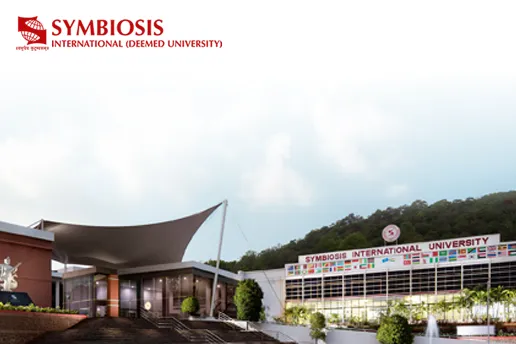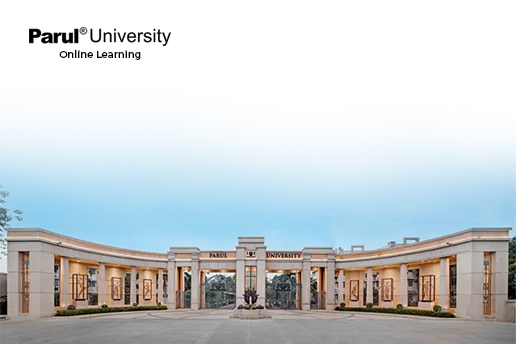Visual programming is quickly becoming one of the most popular and useful ways to program a computer. Unlike traditional programming languages, visual programming uses graphical elements such as blocks of code, icons, and drag-and-drop interfaces to create software. It’s easier to learn than many other coding languages, making it an important aspect of India’s BCA courses and BCA programmes.
This blog post will discuss the basics of visual programming, how it works, and why you should consider learning it. We also discuss why the Bachelor Of Computer Application (BCA) Online Degree Programme at Manipal University Jaipur is apt for those interested in getting better at visual programming.
What is Visual Programming?
It is a type of programming that uses visual representations of code to create programs. In visual programming, the programmer creates code by manipulating objects and symbols instead of writing text-based instructions. This type of programming can be used to create programs for various purposes, including web development, scientific simulations, and video game development.
It is often seen as an alternative to traditional text-based programming. It can be used to create programs more quickly and easily and can be less intimidating for beginners. However, visual programming can also be more difficult to read and understand, making it less suitable for large or complex programs.
The Different Types of Visual Programming
There are different types of visual programming:
-The most common type is node-based programming. In this type of programming, nodes are used to represent various components of the program. These nodes are connected together to create the desired output.
-Another type of this programming is block-based programming. In this type of programming, blocks represent various parts of the program. These blocks are connected together to create the desired output.
Pros
- Visual programming has a number of advantages that make it an attractive option for developers. Perhaps the most obvious benefit is that it can be much easier to create visually appealing programs using visual programming tools than traditional text-based tools.
- In addition, visual programming can often be more intuitive and easier to learn than text-based programming. This can be a huge advantage for beginners as they can start creating useful programs more quickly. Even experienced developers can find visual programming helpful for rapidly prototyping ideas or quickly trying out new concepts.
- Another big benefit of this programming is that it can enable collaboration between developers who may not be familiar with each other’s code. By seeing the overall structure of a program, it can be easier to understand what someone else is doing and provide feedback or suggestions. This can lead to faster development times and better code quality overall.
What are the Uses of Visual Programming?
The uses of visual programming are vast and varied. This type of programming can be used for anything from creating simple graphical user interfaces (GUIs) to developing entire applications. It can also be used to create animations, games, and simulations.
While visual programming can be used for a wide range of tasks, its main advantage is that it allows programmers to create programs without writing a lot of code. This means that visual programming is ideal for beginners who want to create simple programs or experienced programmers who want to prototype an idea quickly
How to Create a Visual Program?
With the proliferation of computers and mobile devices, more people are interested in learning how to create a visual program. Although some may think this type of programming is only for designers or artists, it can be used by anyone who wants to create an interactive experience.
There are a few things you need to know before you start creating your visual program:
- First, you need to understand the basic programming concepts. This includes learning how to code and how to use different software programs. If you’re unfamiliar with these things, plenty of resources are available online or at your local library.
- Once you have a basic understanding of programming, you’ll need to choose a software program. There are many different types of visual programming software available, so choosing one that will fit your needs is important. If you’re not sure which program to use, there are plenty of online resources that can help you make a decision.
- Once you’ve chosen a software program, you’ll need to learn how to use it. Most visual programming software has tutorials or guides that will teach you the basics. If you get stuck, there are also plenty of online resources and forums where you can ask questions and get help from other users.
Conclusion
Visual programming is essential for coding and developing software. Understanding how it works can help you create more effective programs with fewer bugs, saving you time and money in the long run. For those interested in mastering visual programming, there are many BCA courses offered by top universities. The online BCA programme from Manipal University Jaipur is one of the best, where you get to master web designing, software engineering, and mobile application development, along with visual programming.
You can graduate as a programming expert in three years by dedicating 15-20 hours/per week. As part of this BCA programme, you can attend lectures hosted by the skilled faculty at Manipal University Jaipur. Click here to consult with education experts at Jaro Education to learn more about this course.





